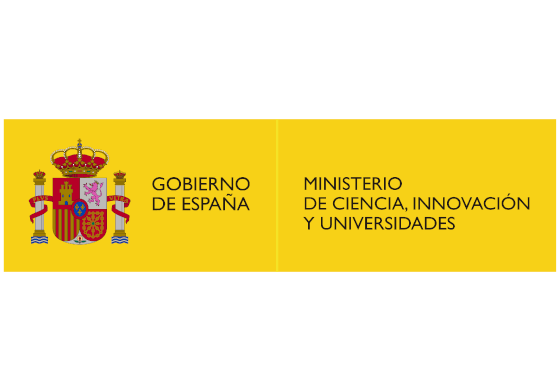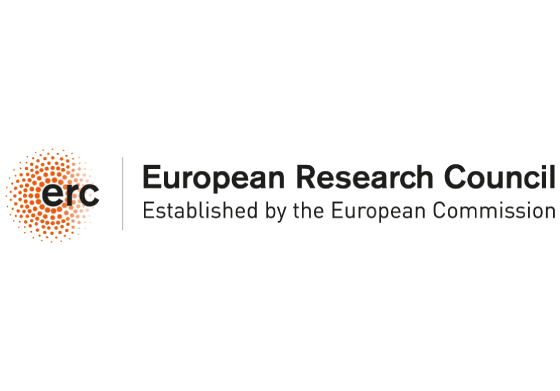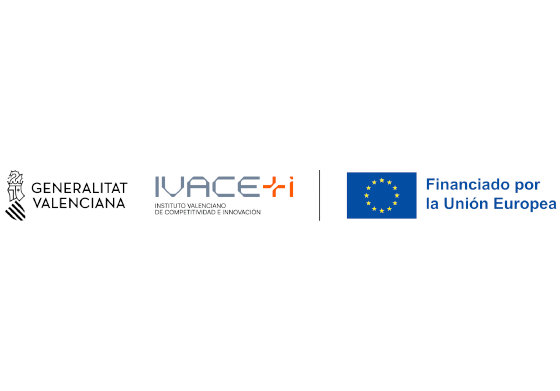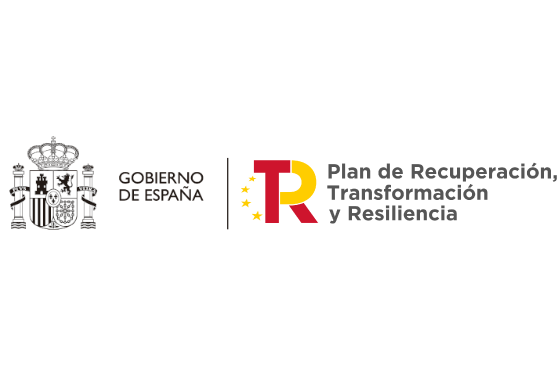Where: Saló d'Actes de la Facultat de Ciències de la Salut
Presented by: Dr. Sergio Gonell
There is continuously expanding interest in developing new electrocatalytic processes as an approach to harness intermittent electricity from renewable sources. Molecular systems are useful to understand and develop fundamental principles of these reactions through mechanistic study, as well as offer the possibility for testing structure-function relationships through iterative synthetic design. Broadly, the fundamental understanding of molecular species as electrocatalysts has relevance to the interconversion of electricity and chemical energy, as well as commodity chemical production. However, in order for homogeneous systems to eventually be scalable, their activity and stability must be improved. In naturally occurring enzymes, redox equivalents (electrons, often in a concerted manner with protons) are delivered to enzyme active sites by small molecules known as redox mediators (RMs). Inspired by this, we have been studying co-electrocatalytic systems which pair chromium-based homogeneous catalysts and metal-free RMs to convert carbon dioxide to carbon monoxide. The distinct advantage of the co-catalytic approach is the ability to independently select the properties of the secondary component without requiring catalyst modification. Based on these lessons from Cr-based co-electrocatalysis, we have more recently begun to examine the possibility of using metal-free molecules as electrocatalysts for the reduction of dioxygen. Interestingly, cationic conjugated organic molecules demonstrate catalytic activity for dioxygen reduction which has mechanistic parallels with well-studied Cu-based systems. Our results suggest that many new opportunities exist for refining reaction design for electrochemical transformations by systemically pairing redox-active small molecules with catalytic active sites, as well as imply that comparable design principles to transition metal-based electrocatalysts can be used develop and optimize organic-based ones.












